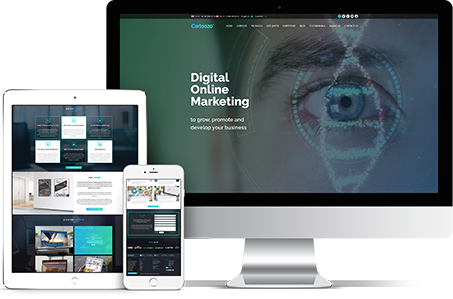Facebook is one of the most effective social networking mediums for marketers. It also offers a wide assortment of tools for businesses to boost their brand image, reach new customers, as well as build lasting relationships.
Here are a few powerful tools for marketers:
Pages
Facebook’s Pages helps you to display your websites, services, products, and much more. You can easily promote your Page as well as add call-to-action button to it for better results. In fact, it is particularly useful for local businesses.
Page Insights
It is an invaluable analytics tool for marketers. This tool helps you to explore the reach of your content and its overall performance.
Pages Manager Application
It helps you to track and manage your activity on multiple Pages. You can use it to post updates, respond to comments and view your latest Page Insights.
Messenger
It is a free texting and video calling application, which enables you to make payments. You can use it to create customised notes that can be sent with a message.
Canvas
This free tool helps you to create fast loading, and interactive content to tell stories. It also helps you to combine videos, still images, as well as add call-to-action buttons.
Power Editor
Use this tool to manage your multiple ad campaigns. It helps you to streamline your workflow and run campaigns across Facebook, Instagram, etc.
Ads Manager
It helps you to manage as well as measure your ads. You can use it to access your campaign tools, such as custom audiences, audience insights, etc.
Page Like ads
If you want to increase the visibility of your Facebook Page, you need to run an ad. All you need to do is to create an ad, select Page Likes in the ad tool, and select a Facebook Page that you want to promote.
Video Views
Use it to
create video ads and build your brand on Facebook. It is easy to use and flexible. For better results, choose a thumbnail for the ad that people can see before your video plays.
Slideshow ads
It helps you to create and edit video ads that are optimised for mobile users. It uses less data and loads faster than the average video ad.
Business Manager
Business Manager
helps you to manage people, ad accounts, and Pages. It is fast, flexible and free to use.
Audience Network
It helps publishers to monetise their mobile applications and mobile websites. It also offers a wide variety of formats, including custom native units, banner formats and much more.
So, make use of these
powerful Facebook Tools to win the race.














